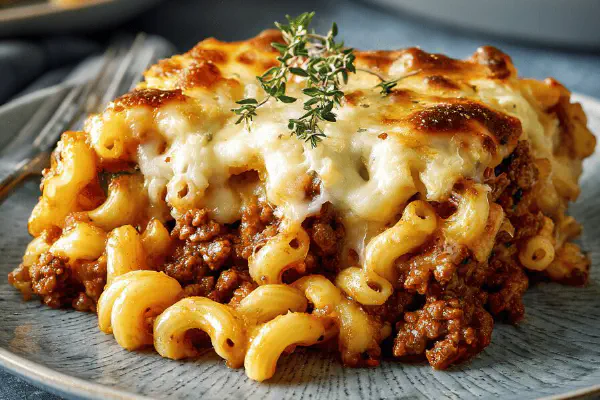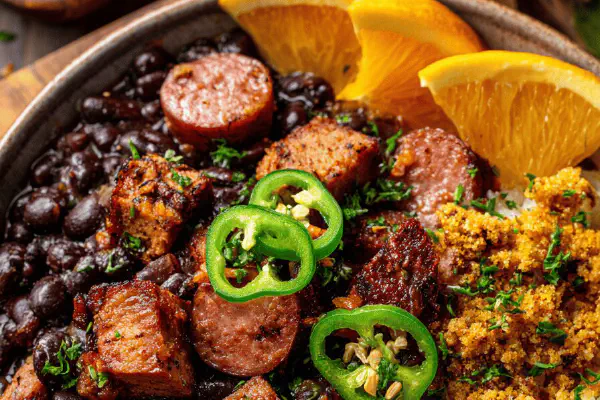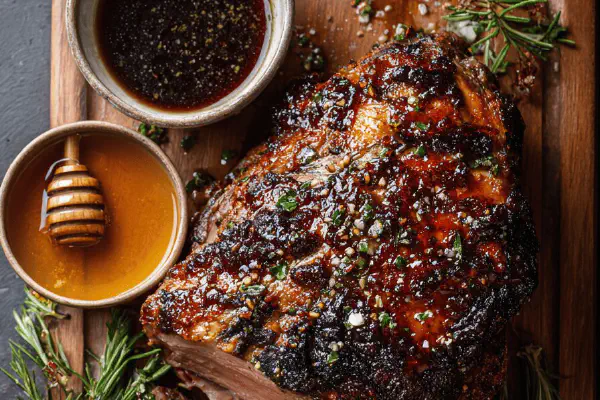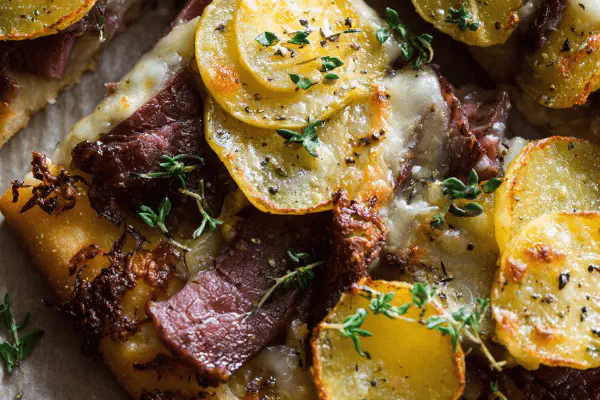Sous Vide Maple Pork Roast
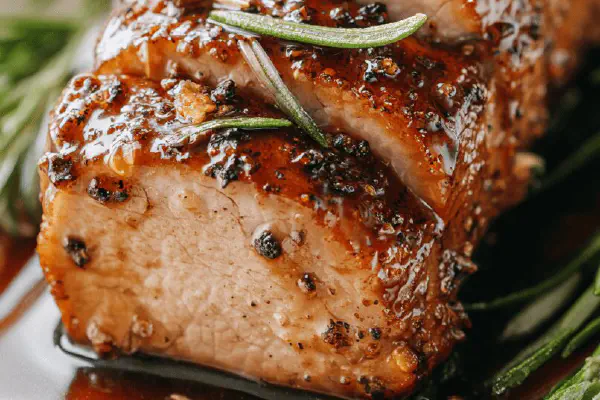
By Emma
Certified Culinary Professional
Ingredients
- 7 ml (1 1/2 tsp) kosher salt
- 4.5 ml (3/4 tsp) freshly ground black pepper
- 1.2 ml (1/4 tsp) ground allspice
- 1.1 kg (2 1/2 lb) pork loin roast, deboned and tied
- 15 ml (1 tbsp) tamari sauce or soy sauce substitute
- 15 ml (1 tbsp) honey instead of maple syrup
- 1 garlic clove, halved
About the ingredients
Method
- Fill a large pot with water. Clamp immersion circulator on side. Set temp to 66 °C (150 °F). Preheat while prepping meat.
- Mix salt, pepper, allspice in small bowl. Season pork evenly. Press rub into meat—don’t skimp on this step. Critical for flavor + crust after sear.
- Place pork in vacuum bag or zipper freezer bag. Add tamari, honey, garlic on top. Remove air with vacuum or displacement method. Seal tightly. Avoid water entering bag.
- Submerge bag in water bath, clip to side to keep fully underwater, no floating. Cook 4 hours 15 minutes. Don't overcook; texture changes quickly.
- When time's up, remove bag gently using tongs or oven mitts (hot). Drop into icy water bath at least 15 minutes. Stops carryover cooking and cools for handling.
- Open bag; drain and discard cooking juices—they’re bitter, watery. Pat roast dry, crucial for browning later.
- Optional: Sear pork quickly in hot cast iron (butter or oil) 1–2 minutes per side. Forms crust, adds texture.
- Serve warm right away or chill completely in fridge before slicing thin. Keeps 3 days tightly wrapped.
- Reheat sous vide at 55 °C in bag if needed. Avoid microwaving or dry heat—they dry meat out.
Cooking tips
Chef's notes
- 💡 Season dry rub first mixing kosher salt, black pepper, ground allspice. Press on roast firm. Don’t skimp, crust forms only if rub sticks well. Mixing dry rub before preheating water bath saves time; keep order clear.
- 💡 Vacuum seal critical—use displacement method if no vacuum sealer. Slowly immerse bag in water, seal just before waterline avoids trapped air bubbles. Air pockets cause uneven cook, dry spots hide under surface. Avoid water seeping in; clips keep bag underwater fully.
- 💡 Ice bath at least 15 minutes after cook prevents carryover—key step. Can’t skip, or roast overcooks slightly and texture changes. Chilling also firms roast for easier slicing, better hold when reheated or served cold.
- 💡 Honey instead of maple offers earthier, less sweet profile. Warm honey slightly if hardened to ease mixing with tamari and garlic. Garlic clove halves release aroma subtle, avoids mush; can swap for shallot slices milder if needed.
- 💡 Searing optional but highly recommended—dry surface crucial; pat meat completely dry after bag open. Use hot cast iron with butter or oil, quick 1 to 2 minutes per side. Creates textural contrast, crust seals in juices for mouthfeel.
Common questions
Why choose 66 °C temp?
That temp hits balance tender yet sliceable carefully. Higher temps dry meat quick. Lower temps mushy texture, not firm enough. Water bath steady temp crucial, minor fluctuations fine ±10 min cook time.
Can I use soy instead of tamari?
Yes, but soy saltier, reduce extra salt in rub then. Tamari less sharp, thicker, deepens flavor slow cook. If allergic to soy, omit or swap for coconut aminos, flavor changes but safe work-around.
How to tell pork is done sous vide?
Touch test best—slightly springy but not soft. Color subtle change pink-beige gradient when sliced. Avoid overcook wait times; texture shifts fast if left in bath longer than needed.
How long can leftovers last?
Wrapped tight, refrigerated up to 3 days fine. Freeze longer store, thaw gently in fridge. Reheat sous vide at 55 °C 30 min for moist texture. Avoid microwaving drys meat, toughens fibers unevenly.
